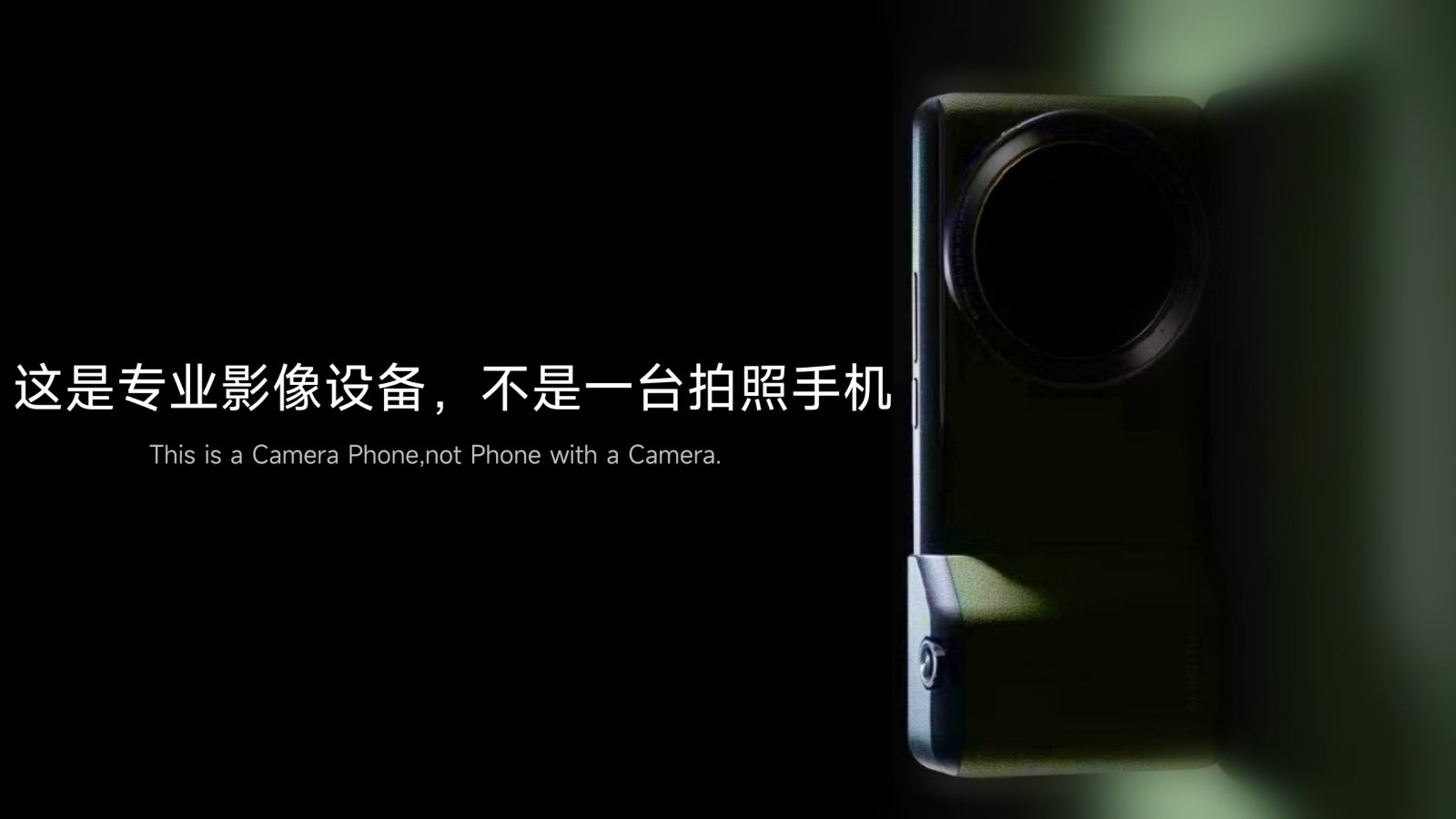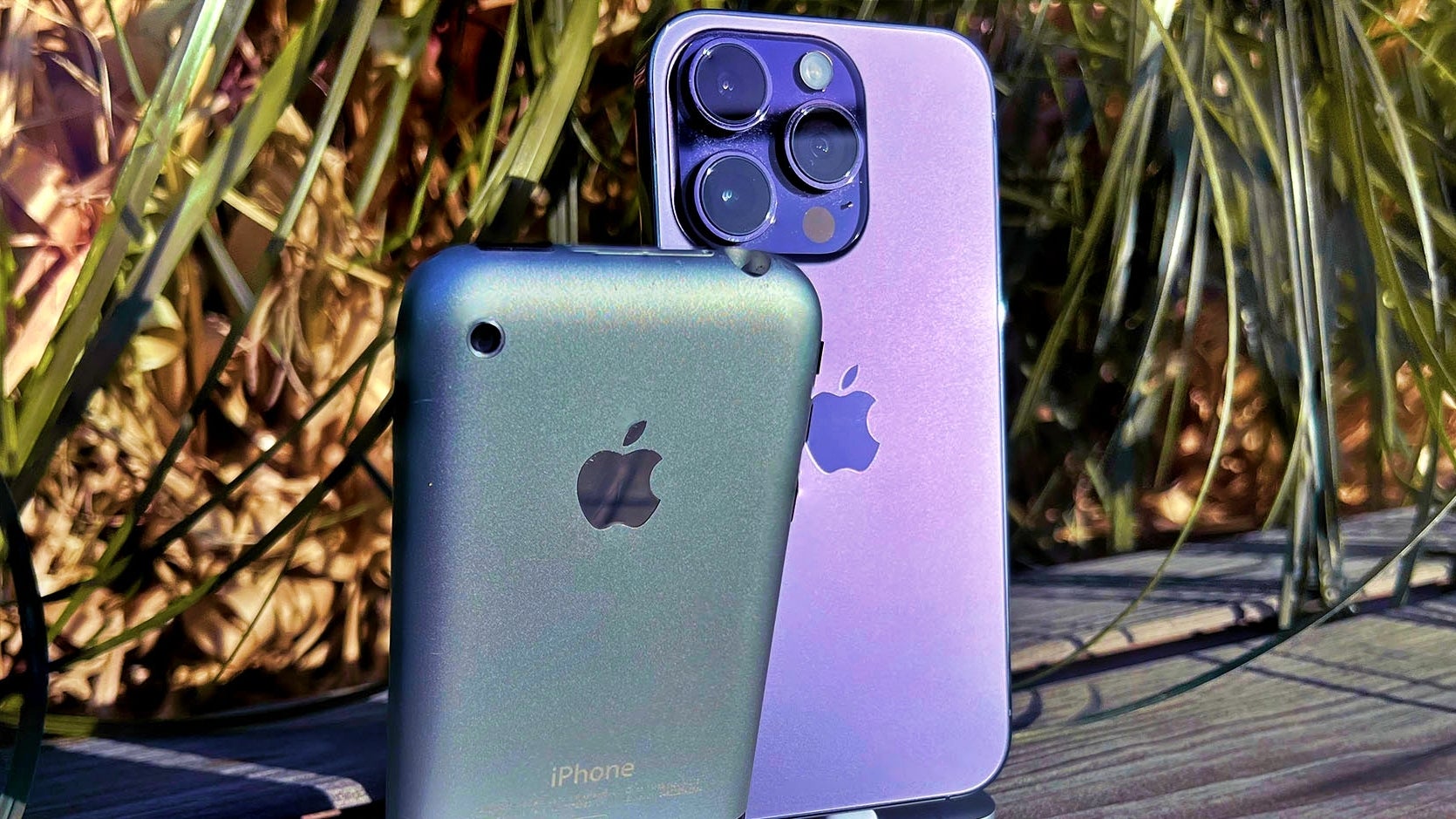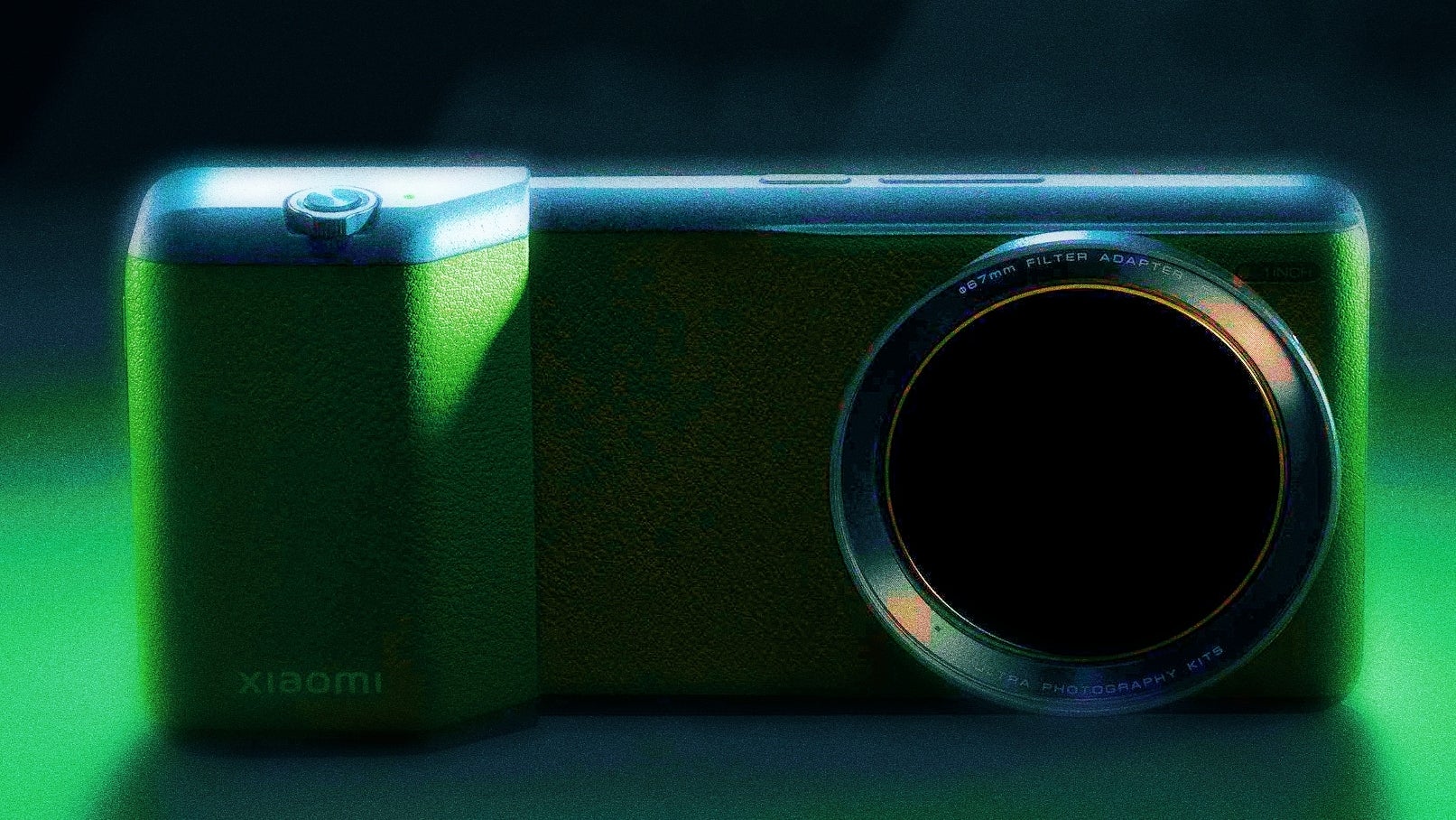2023 marks just another year of the smartphone’s journey towards turning into a camera phone, and there’s nothing you and I can do to change that.
Take Xiaomi, for example. Huawei’s spiritual successor is now on the forefront of the smartphone camera evolution – phones like the Xiaomi Mi 11 Ultra, Xiaomi 12S Ultra, and now the Xiaomi 13 Ultra (coming to the global market) perfectly illustrate the direction the Chinese tech giant has chosen to take, which is to turn its premium flagship phones into camera phones.A massive, circular camera housing, a leather back, and strong focus on making an amazing camera first, and everything else second. Of course, other Chinese phone-makers like Vivo and Oppo have joined the camera phone party with their own Vivo X90 Pro and Oppo Find X6 Pro, but the camera phone evolution knows no physical borders.
Apple and Samsung are no strangers to the camera phone trend either, with Samsung having spent about 2/3 of its Galaxy S23 Ultra keynote time on the camera system of the phone, despite this one turned out to be virtually unchanged compared to last year’s Galaxy S22 Ultra.
The thing is… I have a suspicion that the average person would appreciate if phone-makers didn’t put as much time and resources into just one area of the smartphone experience (the camera), and instead opted to spread all that R&D money and expertise towards improving phones in ways that matter… more.
Yes, our smartphones are turning into camera phones, and if you look into some comments online, the average smartphone user isn’t happy with Apple, Samsung, and Chinese phone-makers’ lack of innovation in other areas. Me neither.
Xiaomi 13 Ultra to set new standard for smartphone photography with far more impressive camera system than Galaxy S23 Ultra and iPhone 14 Pro, but at what cost?

The first leaked video ad for the Xiaomi 13 Ultra quite literally says this is a camera phone – not a phone with a camera. And while the camera enthusasts in me is excited, I wish phone-makers focused on making smartphones smarter, and longer-lasting too.
- A 50MP, 1-inch primary camera sensor – the same Sony IMX 989 that Xiaomi build in collaboration with Sony
- A variable aperture for the same primary camera (f/1.9 – f/4.0), which should allow the Xiaomi 13 Ultra to get perfect focus on close-up subjects and wide scenes, class-leading, natural background blur, and cleaner night photos and videos
- Two 50MP zoom cameras – a 3x shooter (a much larger sensor, which should output higher quality snaps than iPhone 14 Pro and Galaxy S23 Ultra), as well as a 5x zoom camera of the periscope variety with 10x lossless zoom via sensor-cropping; the zoom cameras are expected to boast some of the widest apertures ever for their respective focal lengths
If this sounds like the best smartphone camera system around, it’s because it likely will be. The Xiaomi 13 Ultra combines its 1-inch primary camera sensor with a variable aperture, which is a first on a phone, fusing the capabilities of the Xiaomi 13 Pro and Huawei Mate 50 Pro (Huawei is so far the only phone-maker that offers a variable aperture camera).
I don’t need special powers to tell you that just like Samsung did with the reveal of the Galaxy S23 Ultra, Xiaomi will probably spend about 70-80% of the presentation time talking about the camera on the Xiaomi 13 Ultra. Again, the camera phone enthusiast in me doesn’t really mind that, but I’m also a smartphone enthusiast…
Xiaomi 13 Ultra, Galaxy S23 Ultra, iPhone 15 Ultra: Xiaomi, Samsung, Apple spend millions to make cameras a little bit better every year, but that might be holding flagship phones back in other key areas of the phone experience
See, with great power comes great responsibility (a saying that carries double meaning if you consider how powerful phones have become today), and apart from making the best camera phone for those who want one, Xiaomi is also setting a standard for the entire smartphone industry that other phone-makers will inevitably need to live up to – some more than others.Inevitably, with every next “best camera phone”, there are three new ones that accept the challenge to one-up the current market leader. And that’s how we get into the vicious cycle of phone-makers that focus massive portions of their research and development budget and time in turning the smartphone into a camera phone. Again – nothing wrong with that, but I’d like to see more innovation in other areas.
New phones are now cameras, as people protest against Apple and Samsung’s lack of innovation in areas like battery life: « We are not buying new phones because they aren’t getting any better »

People want better battery life instead of slightly better cameras, and I don’t blame them!
Finally, Xiaomi’s first phone looks like a phone… As opposed to the Xiaomi 13 Ultra that’s going to look (and probably feel) like a camera (which I quite like, but that’s just me). In fact, Xiaomi has opted for a sloped back (as you can see in the renders), which takes the realcamerafeel to a whole new level.
Users want Apple and Samsung to stop focusing as heavily on cameras and make phones last longer; here are a bunch of ways to improve phones instead of their cameras
However, the same applies to phone cameras. The latest iPhone, Galaxy, and Xiaomi flagship already take great photos and videos in all lighting conditions. It’s not a coincidence that we see fewer differences in image quality with every other new camera we test. They are getting better but not dramatically so.
Sure, smartphones are no longer the exciting gadgets people used to get in line for ten years ago, but this doesn’t mean consumers don’t want their phones to become better smartphones, and not just better camera phones. In fact, judging by the comments under the video where CNBC is trying to find out if Apple and Samsung are “out of ideas” (attached above), people know exactly what they want from future smartphones.
The good news is that Honor’s latest flagship phone, the Magic 5 Pro, is already taking steps in that direction thanks to a new silicon-carbon battery, which has a 5,450mAh capacity, while being the same weight and size as a traditional 5,100mAh Li-Ion cell. But what about Samsung, Apple, and Xiaomi? They surely don’t have less R&D resources than Honor…
- Work on improving the typing experience on a phone keyboard, which has been wonky for ages
- Give us better speakers like on the ASUS ROG Phone 7 series – I often listen to music on my phone and if the cameras on my Galaxy S23 Ultra and Pixel 7 Pro are 9/10, then the speakers leave a lot to be desired (like a 5/10)
- Redesign phones on the inside so they are more easily repairable; what phone-makers are doing today is to wait for government officials to step in and demand changes that interest the user
- This one’s for the Chinese phone-makers that compete to make the best camera phone: Keep making amazing camera phones, but how about you focus on delivering timely software updates and support along the way? Looking at Xiaomi specifically
- Explore the possibility of bringing back metal phones, while retaining wireless charging; work on making phones fully water-proof (most current phones are just water-resistant); develop innovative cooling solutions to boost performance; give us fast charging (Apple, and Google)… I can keep going
Yes, our phones re becoming camera phones as Google’s Pixel is leading an uneven fight to make phones smart again

Is Google leading an uneven battle to make phones smart again?
Some other examples are the unmatched voice dictation on Pixel; the Pixel’s ability to add captions to videos in real time, and the Now Playing feature which basically made Shazam obsolete for Pixel owners, being able to recognize music playing around you at all times. Pixel phones also get “Feature drops” once every four months, which focus on bringing new features to Google’s phones – totally different from regular software updates.
As you can tell by real comments left by real people on the internet (refer to the video attached above), most of them want phones that last longer on a single charge, for example. On the other hand, I want my phone’s speakers to sound at least as good as a gaming phone/small tablet, and I’m 100% sure that if Apple, Samsung & Co allocated more R&D resources to improving different areas of the smartphone instead of the camera (only), that would be 100% achievable.
Camera phones are great but let’s make better smartphones too, phone-makers?
->Google Actualités











